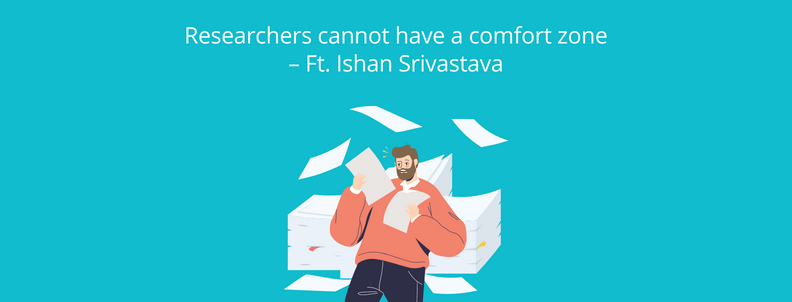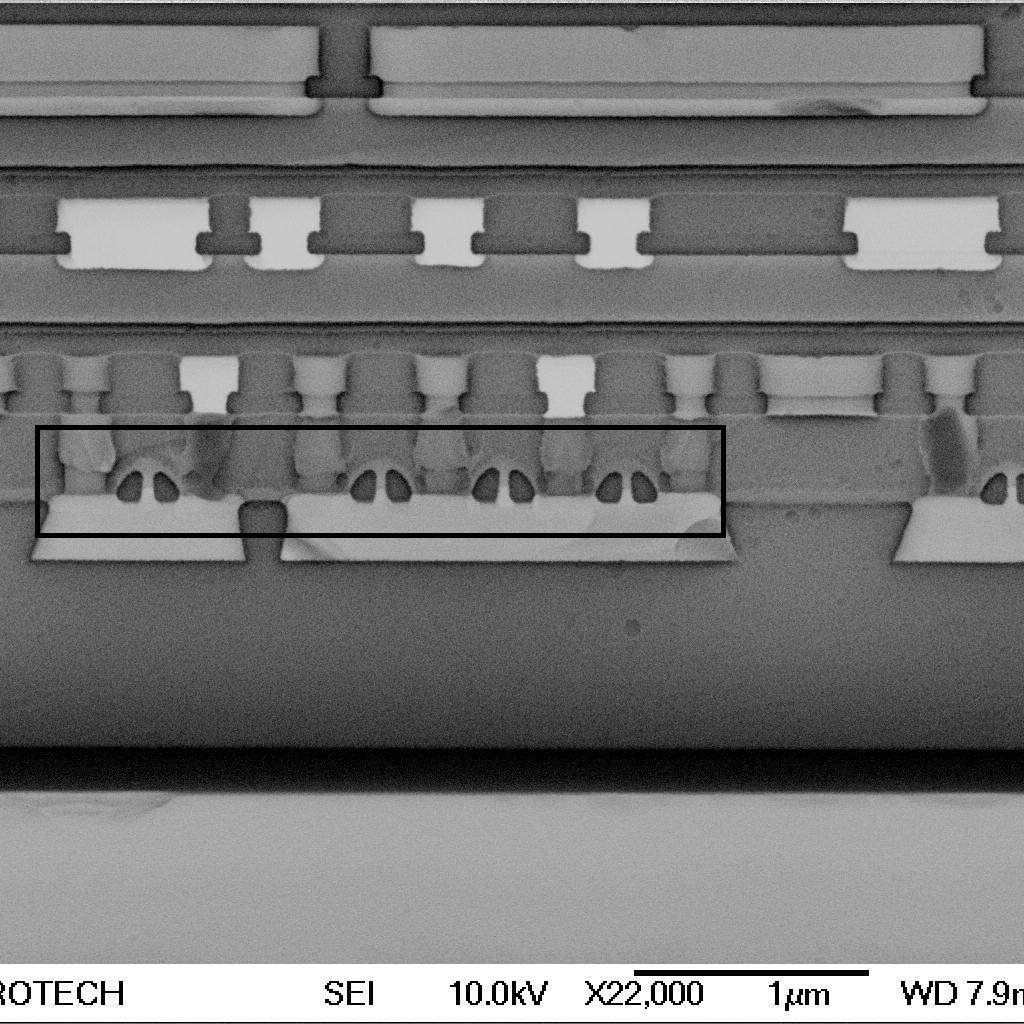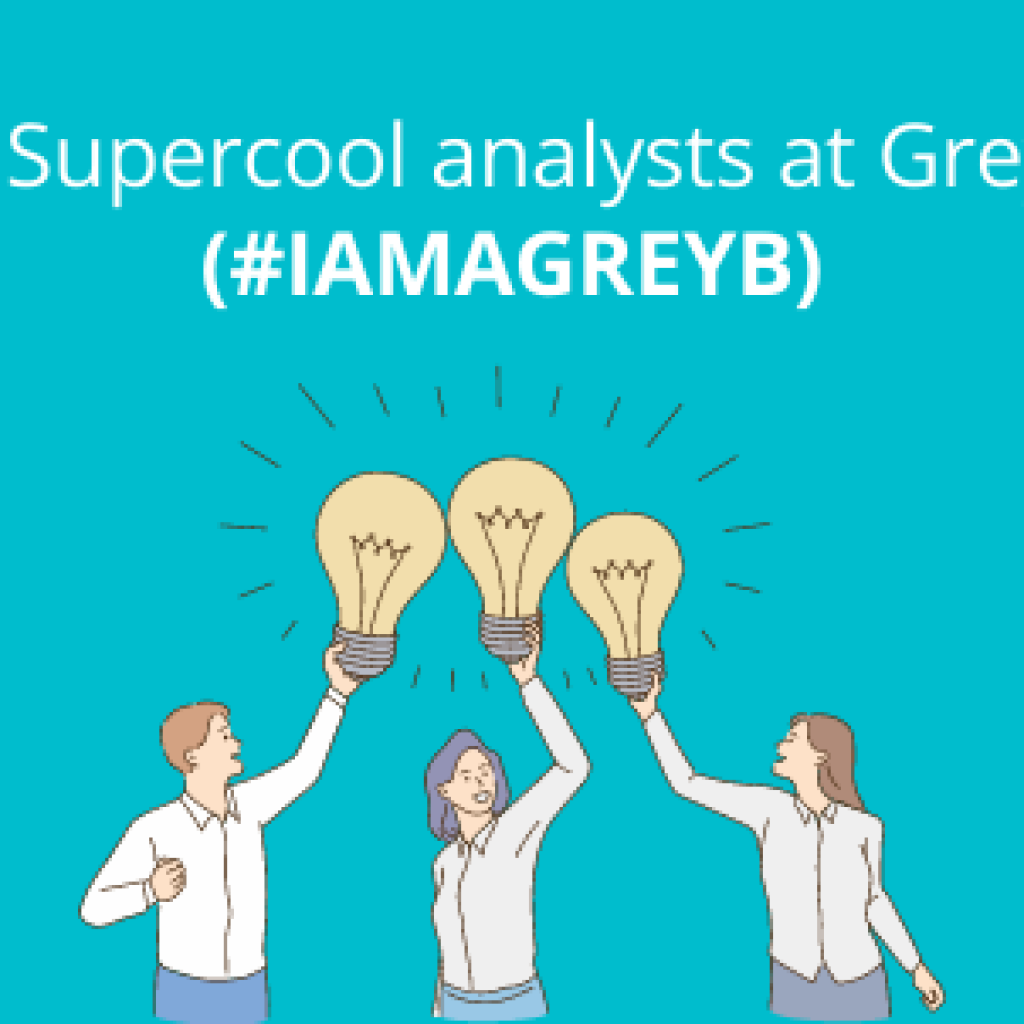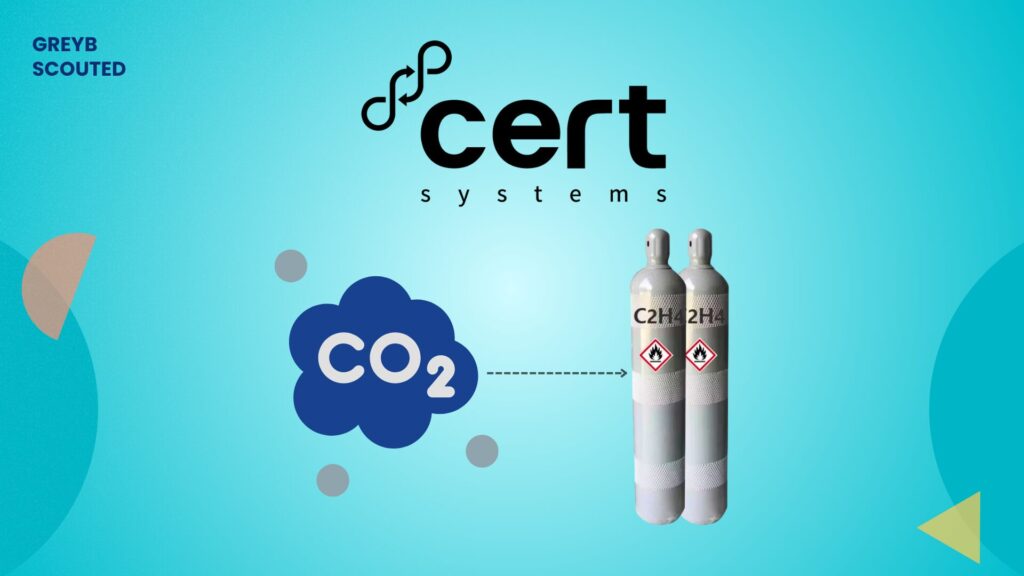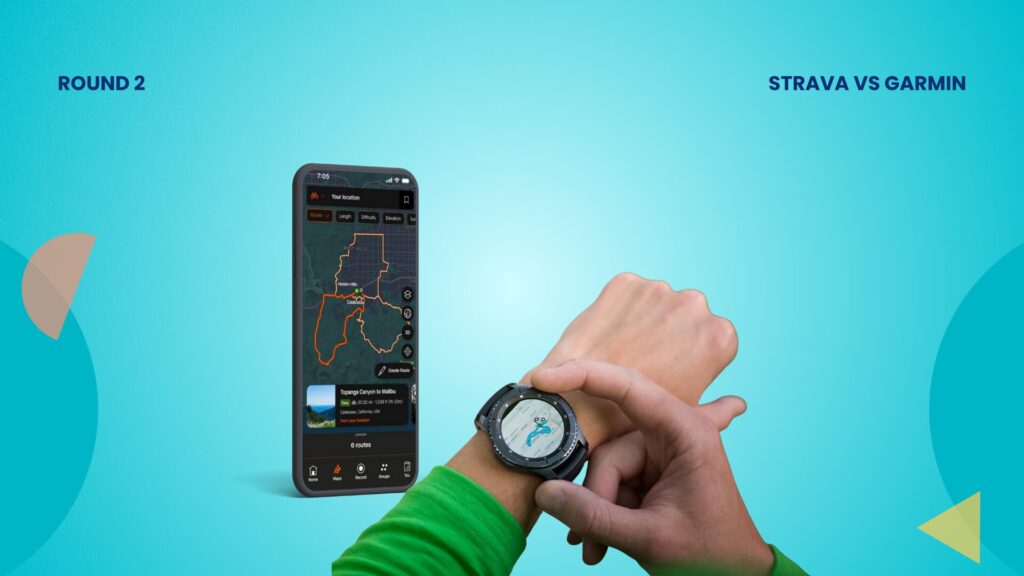At GreyB, we spot insights that aren’t obvious—often not even to AI. That’s not a coincidence. It’s a result of how we train internally for inventive thinking.
Recently, Nilesh Kumar, who regularly conducts internal training sessions at GreyB, took a refreshing detour from the usual “Guess the Invention” activity.
He began by sharing a common frustration: waiting with colleagues for the elevator, only to have it arrive fully occupied. “Why isn’t there an indicator that shows how many people are already inside?” he asked. “If I knew the elevator had 10 out of 11 people, I could decide whether to wait or try another.”
This sparked an engaging discussion.
Vassu pointed out that while the office elevator has an overload indicator, it doesn’t display the number of people inside.
This led Nilesh to initiate a discussion on how a system for tracking and displaying person count could be implemented.
While Rupali suggested infrared sensors could solve this, Prashant proposed that the elevator should estimate the number of people using average human weight.
That’s when Nilesh shared that a Japanese conglomerate actually holds patents for such a system. What followed was a brainstorming challenge for the team. Nilesh asked the team:
Think about real-life problems that genuinely frustrate you. Now, ask yourself — is anyone out there trying to solve this through a project, experiment, or research initiative?
Phase I- Identifying Real- World Problems And Coming Up With Imaginary Solutions Using Inventive Thinking
| Participant | Real Life Problems They Faced |
| Swati | A lot of mobile data remains unused and expires. There’s a need for a method to accumulate this data and carry it forward for later use. |
| Rupali | Food gets spoiled or expires unnoticed in the refrigerator, leading to unnecessary waste. There is a need for a smart refrigerator that simplifies kitchen management by keeping track of stored items. This solution would use built-in cameras and weight sensors to monitor what goes in and out, track expiration dates, and suggest recipes based on available ingredients, helping users use up food before it goes bad. It would also integrate with online grocery services like Amazon Fresh or Instacart for automatic restocking, feature adjustable cooling zones for different food types, and offer useful extras like voice control, health tips, family notes, and ambient lighting. In essence, it acts as a smart kitchen assistant focused on reducing food waste and improving convenience. |
| Raghu | When a mobile phone is plugged into a charger or placed on a wireless charging pad, it sometimes heats up. While modern chargers are designed to stop charging once the battery reaches a certain percentage, they typically do not stop charging in response to rising phone temperatures. As a result, mobile phones can occasionally become excessively hot during charging. |
| Richa | During virtual meetings, users often experience disruptions like lag, audio dropouts, or frozen video. Unstable or congested network routes typically cause these issues. There is a need for a solution that dynamically detects such issues and reroutes audio and video packets through alternative paths or servers to ensure smooth meetings. |
| Faizan | Currently, traffic lights operate on fixed timers. This often requires vehicles to wait for the full duration (e.g., 120 seconds) even when there is no traffic in other lanes. This is frustrating. There is a need for an intelligent traffic light system that monitors real-time traffic conditions in all lanes and adjusts signal timings dynamically to optimize flow and reduce idle wait times. |
| Vassu | At night, we turn on the air conditioner before sleeping, only to wake up later because the room becomes too cold. This disrupts sleep and reduces comfort. There is a need for a solution where the AC can automatically adjust its temperature or turn off when the room gets too cold, ensuring a comfortable sleeping environment without manual intervention. |
| Samiksha | During the monsoon, wardrobes and closets often become damp, which leads to the growth of mold and mildew. Smart Lighting with low-power UV-C LEDs should be integrated into wardrobe lighting systems to kill mold spores. Since UV-C light can be harmful to skin and eyes, these lights should activate only when the wardrobe doors are closed. Additionally, these UV-C lights should automatically turn on for short durations (e.g., 15-30 minutes) when high humidity is detected and the doors are closed. |
| Ankit | We’ve all grown up watching cricket, and it’s easy to notice the gap in broadcast quality between matches produced in India and those from countries like Australia or England. There should be some techniques to enhance the quality of broadcasting in India. |
| Sindhuja | We enjoy roaming around on our electric scooters. They make getting around town quick and fun, especially for shorter trips. But, a big worry for scooter riders is the battery running out unexpectedly, especially if we’re not near a charging spot or if we’re trying to get somewhere on time. Suddenly, that easy ride turns into having to push or awkwardly carry a heavy, dead scooter, which is no fun at all and can make you late! So, what if our e-scooters had a couple of clever features to tackle this? Like: First, imagine a small, built-in ’emergency’ battery. If your main battery gets really low, this little backup could automatically kick in. You could also switch to it manually, giving you just enough power to get to your destination, or at least to a safe place where you can charge or find another way home. It wouldn’t be for fast riding, just a ‘limp-home’ mode. Second, what if the flat part where you stand (the deck), or maybe even a small panel on the steering column, had some tough solar cells on it? When your scooter is parked outside in the sun, or even while you’re riding on a bright day, these could gently trickle a little bit of extra charge into the battery. It wouldn’t be a fast charge, but it could slowly add a few extra minutes of ride time or help keep the battery topped up. This would mean we could ride our scooters with more peace of mind, knowing we have a backup plan and a little help from the sun to avoid getting stranded. Third, if your battery gets really low and you’re nowhere near a plug, you can simply switch to a “petrol mode.” A small, built-in petrol engine would then kick in, reliably getting you to your destination or a charging spot. This way, you get the everyday benefits of electric power with the peace of mind of a petrol backup for emergencies or longer rides, so you can travel further without constantly fearing a dead battery. |
Phase II- Identifying Existing Solutions to These Real-World Problems
The team was tasked with exploring existing technologies that can solve these problems. A few participants came up with interesting solutions:
Rupali discovered that a South Korean multinational conglomerate has launched a premium smart fridge. It provides real-time updates on the items inside.
Raghu found a few systems that used a cooling compartment with temperature sensors. These were designed specifically to manage the temperature of smartphones during charging in high-end cars from an Indian automotive company. This compartment monitors the phone’s temperature during charging and automatically activates cooling fans to prevent the device from overheating.
Faizan found an intelligent traffic management system that dynamically adjusts signal timings based on real-time traffic conditions.
Sindhuja discovered a hybrid technology by a global automobile manufacturer. It enhances fuel efficiency and driving experience by using an electric motor powered by a petrol engine.
This exercise tapped into everyday annoyances experienced by employees, using them as a trigger to encourage critical thinking and the development of problem-solving mindsets.
Necessity is your trigger. Invention is your answer.
Nilesh Kumar, Senior Consultant at GreyB



